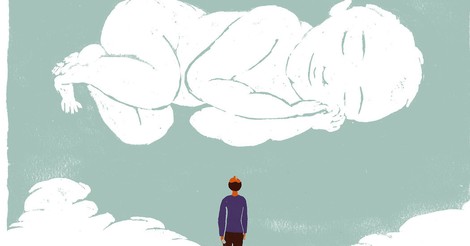Your podcast discovery platform
Curious minds select the most fascinating podcasts from around the world. Discover hand-piqd audio recommendations on your favorite topics.

piqer for: Climate and Environment Global finds
Born in the south of Mexico, she was raised in rebel Zapatista autonomous municipalities to later settle down in San Cristobal de las Casas where she cofounded ''La Casa de las Flores'', a non-profit dedicated to educate, feed and care for the marginalized children living on extreme poverty in the streets of her city. After graduating from Nursing school she enrolled in Biotechnology and Astrophysics.
A Male Infertility Crisis Is Coming. The Middle East Can Help
Getting pregnant, if at all possible, is a lot harder than most people think. Not only has a woman only a 20% chance of getting pregnant per cycle, but an amazing 40% of couples are only able to conceive with medical assistance. In the United States, 7.4 million women between 15 and 44 have difficulty getting and staying pregnant, while Europe is the continent with lowest fertility in the whole world.
20% of infertility cases have no identifiably known cause. 25% of couples have more than one factor contributing to their infertility as a pair (a couple's infertility is highly nuanced to the combination of both partners' bodies along with health issues, hormones, age and tobacco consumption). 85% to 90% of infertility cases can be treated by conventional therapies such as surgery or medication, yet the exorbitant rise worldwide on the issue is both unbelievable and alarming.
Age might play as a great factor. According to specialist in reproductive medicine, a woman on her 20s has a 94% chance of conceiving. Shockingly, after 30 years old a woman has only a 20% chance of getting pregnant, and at 40 years old this chance lower to 5%. As for a man, his sperm count decreases 32% when he reaches his 30s, and the quantity along with the quality of sperm declines by 7% with each extra year after 40 years old. The risk of miscarriage in a couple on their 20s is of 10%, while in a couple in their late 30s and early 40s jumps to 34%.
"Across Europe, North America, Australia and New Zealand, men’s sperm counts declined by 50 to 60 percent over the 38-year period between 1973 and 2011."
What's going on?
Well the good news is that The Middle East has gone through this already and perhaps there's something we can learn from their struggle.
